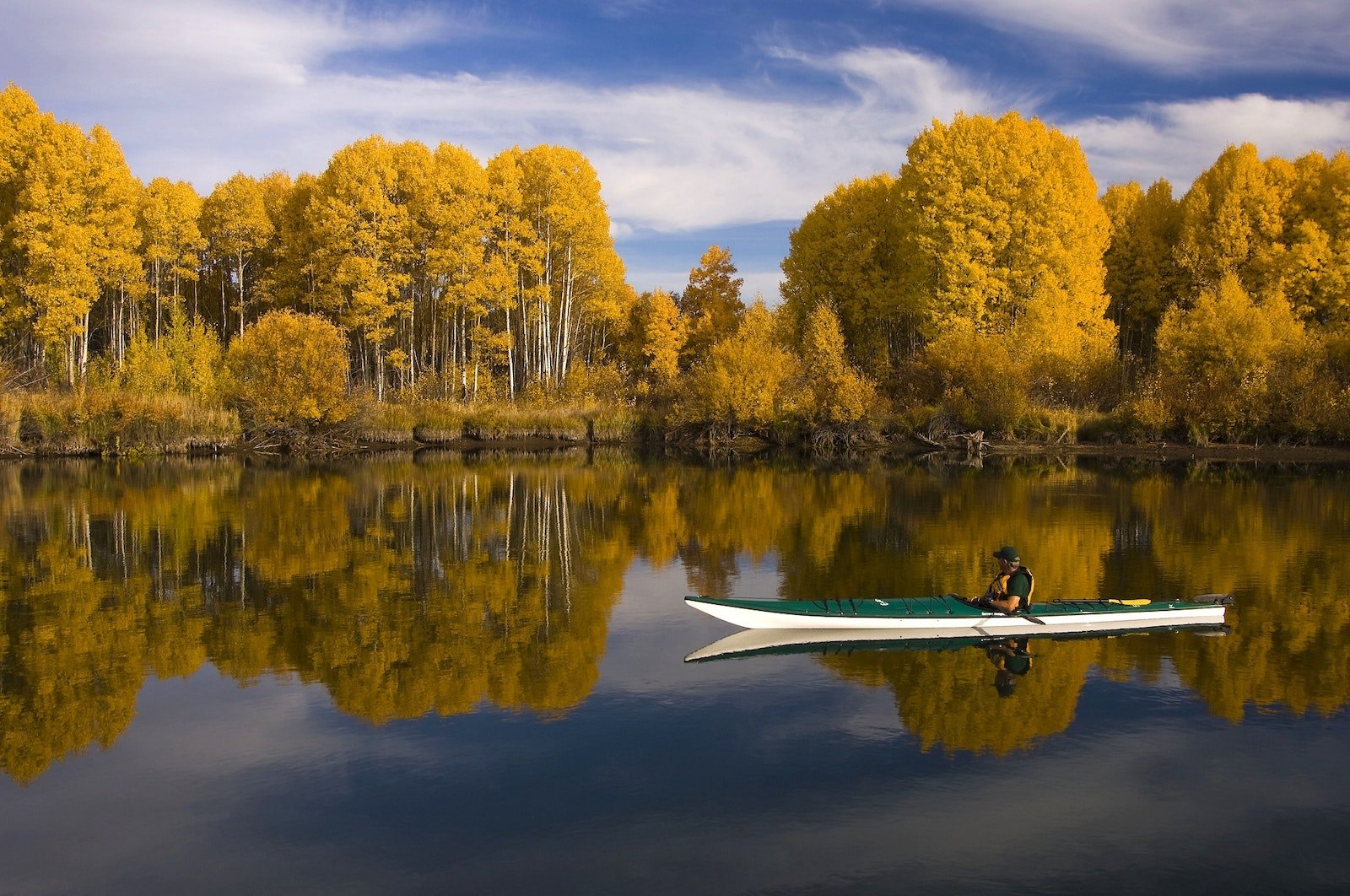Tip #1: Understand the Weather Conditions Before You Go
Before you set out on your kayaking adventure, it is important to understand the weather conditions you may encounter. Knowing the forecast will help you dress appropriately and plan for the conditions. Here are a few things to keep in mind:
- Wind: Wind can create waves and currents that make kayaking more difficult. If the forecast calls for strong winds, it is best to avoid kayaking.
- Temperature: The temperature of the air and water can affect your comfort level while kayaking. Dress in layers so that you can adjust to changes in temperature.
- Precipitation: precipitation can make the water surface slick, so be extra careful when paddling in wet conditions.
Tip #2: Dress Appropriately for the Weather and Water Conditions
Dressing appropriately for the weather and water conditions is crucial for having a safe and successful kayaking adventure. The first step is to check the forecast and plan accordingly. If the weather is going to be cold, make sure to dress in layers and bring along a waterproof jacket. If the weather is going to be hot, wear light-colored clothing that will help you stay cool, and apply sunscreen before heading out.
In addition to dressing for the weather, it’s also important to dress for the water conditions. If you’ll be paddling in rough waters, wear a life jacket and consider wearing a wet suit or drysuit to keep yourself warm. If you’ll be paddling in calm waters, you may not need a life jacket but it’s always best to err on the side of caution. Whichever way you decide to dress, just make sure that you’re comfortable and able to move freely so you can focus on enjoying your time on the water.
Tip #3: Invest in Quality Kayaking Gear and Equipment
If you’re serious about kayaking, it’s important to invest in quality gear and equipment. This will not only improve your experience on the water, but also help to keep you safe. Some essential kayaking gear includes a good kayak, paddle, life jacket, and helmet.
When choosing a kayak, it’s important to consider the type of water you’ll be paddling in and your own personal preferences. For example, if you’ll be mostly paddling in calm waters, a recreational kayak would likely be a good choice. On the other hand, if you’re interested in whitewater kayaking, you’ll need a boat that’s specifically designed for this purpose.
It’s also important to make sure you have a paddle that’s the right size and style for your kayak and paddling style. Again, if you’re paddling in calm waters most of the time, a basic paddle will suffice. However, if you’re planning on doing any whitewater kayaking, you’ll need a stronger paddle that can handle rough waters.
Of course, no matter what type of kayaking you’re doing, safety is always paramount. That’s why it’s essential to have a properly fitting life jacket and helmet. A life jacket will help keep you afloat if you tip over or fall out of your kayak, while a helmet will protect your head from rocks or other objects should you hit them while paddling.
Tip #4: Learn or Refresh Your Knowledge of Basic Kayak Safety Rules
If you’re new to kayaking, or even if you’ve been doing it for a while, it’s always a good idea to brush up on your safety knowledge. Here are a few basic kayak safety rules to keep in mind:
- Always wear a life jacket. This is the most important rule of all – never get on the water without a life jacket. Make sure it fits properly and is comfortable to wear.
- Don’t paddle alone. It’s always best to paddle with someone else, in case of an emergency.
- Be aware of your surroundings. Be aware of what’s going on around you at all times, including other boats and paddlers, obstacles in the water, and changes in weather conditions.
- Follow the rules of the waterways. Know the rules and regulations for the area where you’ll be paddling, and stick to them.
- Be prepared for emergencies. Bring along a first-aid kit and know how to use it. And if you have any medical conditions, make sure someone else knows about them in case they need to be taken into account in an emergency situation.
Tip #5: Know Where You’re Going
The fifth tip for having a safe and successful kayaking adventure is to know where you’re going. This may seem like an obvious tip, but it’s important to have a plan and to know the area you’ll be paddling in. Before heading out, be sure to check the weather forecast and water conditions. It’s also a good idea to bring a map of the area with you, so you can keep track of your progress and find your way back if necessary.
Tip #6: Don’t Forget the Essentials
No matter how experienced you are, it’s always important to remember the essentials when heading out on a kayaking adventure. Make sure you have all of the following before setting off:
- A properly fitting life jacket
- A whistle or other signaling device
- A map of the area
- Spare paddles
- First aid kit
- Firestarter
- Food and water
By having all of these items with you, you can be sure that you’re prepared for anything that comes your way while kayaking.
